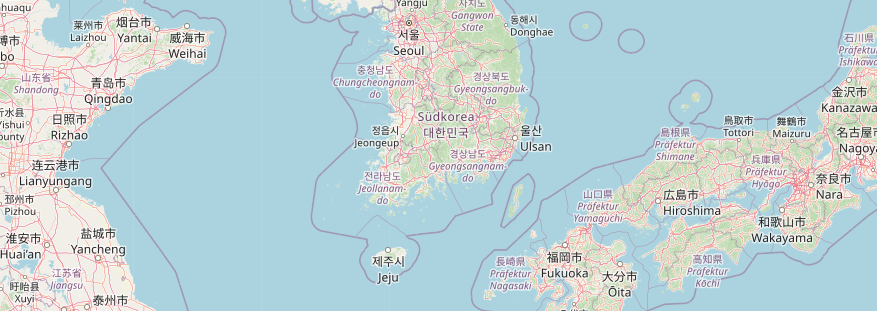Based on a request on the german mailinglist back in july, I thought about how the perfect localization of the german mapnik style would look like and finaly implemented something which comes close. Unfortunately up till now I did not document it.
However Reading about a map in manx today, I came to the conclusion, that I really need to do this.
First of all I came up with the following assumptions (valid for all languages using latin script IMO):
- always prefer mapped names over automated transliteration
- prefer name:<yourlang> over any other name tags (name:de in my case)
- prefer int_name over non-latin script
- prefer name:en over non-latin script if int_name has not been specified
- transliterate non-latin script as a last resort
So how has this been implemented?
I decided to do it inside the SQL-query. This way it is independent of the rendering Software. It will certainly work at least with mapnik, mapserver and geoserver. Even the proprietary ESRI rendering stuff should actually work 🙂
Basically any rendering system using a PostgreSQL backend can be easily adapted. Of course your database must provide all the required name columns.
So how would one enable rendering a latin name insead of just the generic name tag?
Assume your style uses something like this for rendering a street-name:
SELECT name
FROM planet_osm_line;
Now just replace this by the following:
SELECT get_localized_name(name,"name:de",int_name,"name:en") as name
FROM planet_osm_line;
Quite easy isn’t it?
Well, here comes the (slightly) more complicated stuff…
Of course PostgreSQL does not provide a get_localized_name function out of the box, we have to install it first. So here is how to do this in two steps:
The get_localized_name function has been implemented in PL/pgSQL and is available at http://svn.openstreetmap.org/applications/rendering/mapnik-german/views/get_localized_name.sql.
So first add this function to your database using the following command:
psql -f get_localized_name.sql <your_database>
Second add the transliterate function available at http://svn.openstreetmap.org/applications/rendering/mapnik-german/utf8translit/.
To compile and install it on GNU/Linux (sorry, I don’t care about Windows) do the following:
- svn co http://svn.openstreetmap.org/applications/rendering/mapnik-german/utf8translit
- Install the Server dev package (On Debian/Ubuntu this would be called postgresql-server-dev-x.y, postgresql-server-dev-9.2 in my case)
- Install the libicu-dev package
- compile and install calling make; make install
- On Debian/Ubuntu you would be better off using dpkg-buildpackage and install the resulting package instead of using the make install procedure.
Now enable the function from the shared object using the following SQL command (from a postgresql admin account):
CREATE FUNCTION transliterate(text)RETURNS text
AS '$libdir/utf8translit', 'transliterate' LANGUAGE C STRICT;
Here is how to check if this works:
mydb=> select transliterate('Москва́');
transliterate
---------------
Moskvá
(1 row)
Well that’s it, I hope that this will be useful for some people.
Unfortunately this stuff has currently (at least) two problems:
- Transliteration of Thai Language uses ISO 11940 instead of the RTGS system
- Transliteration of japanese Kanji characters end up with a chinese transliteration (e.g. dōng jīng instead of Tōkyō for 東京)
If anybody has some suggestions on how to solve these please post them here!

Neueste Kommentare